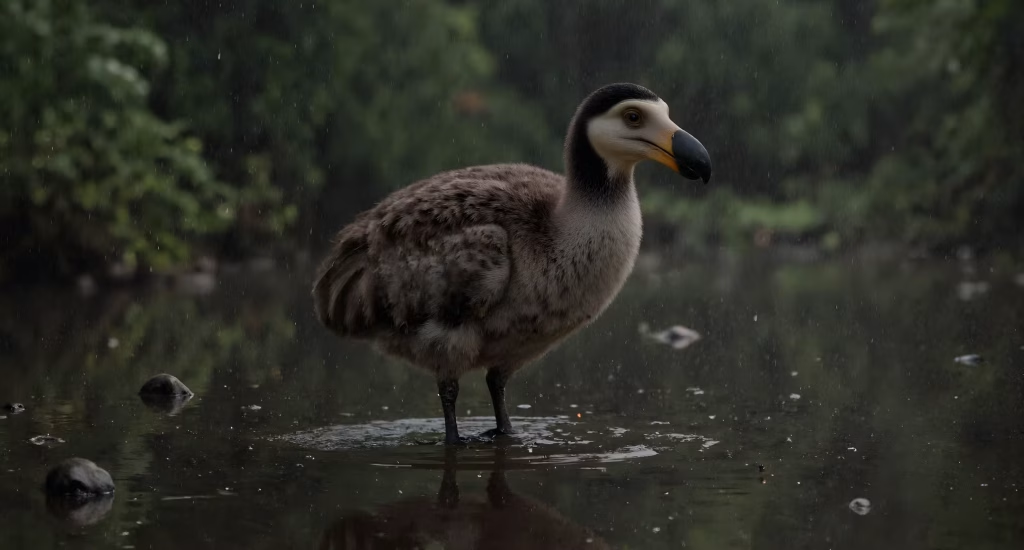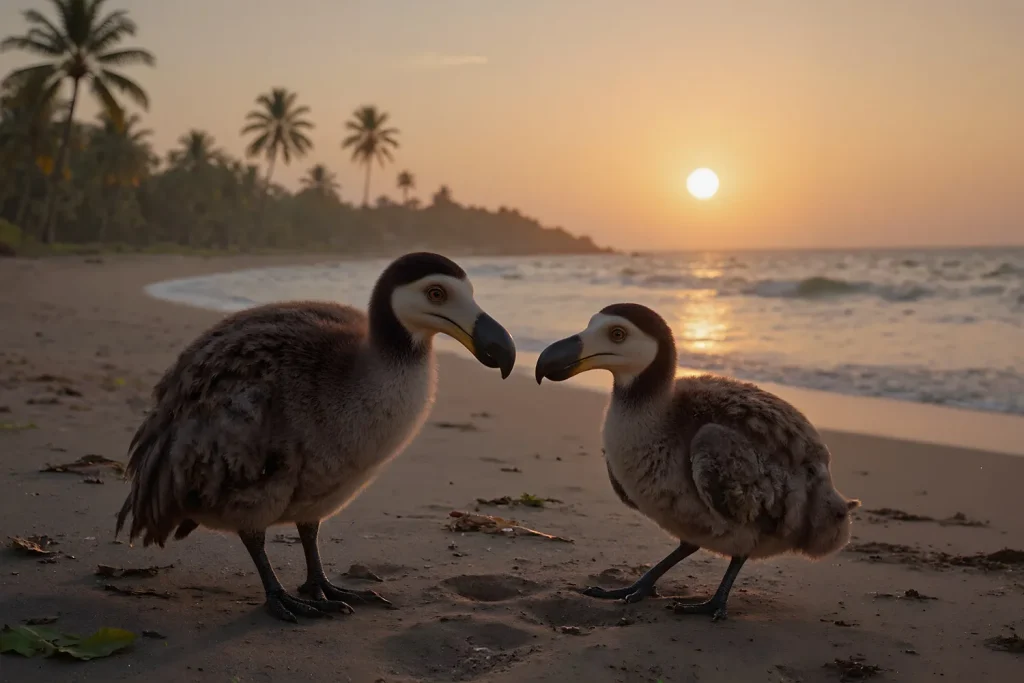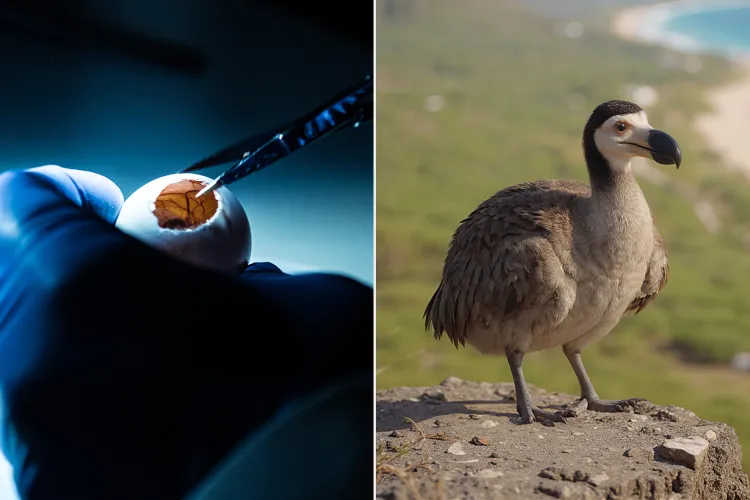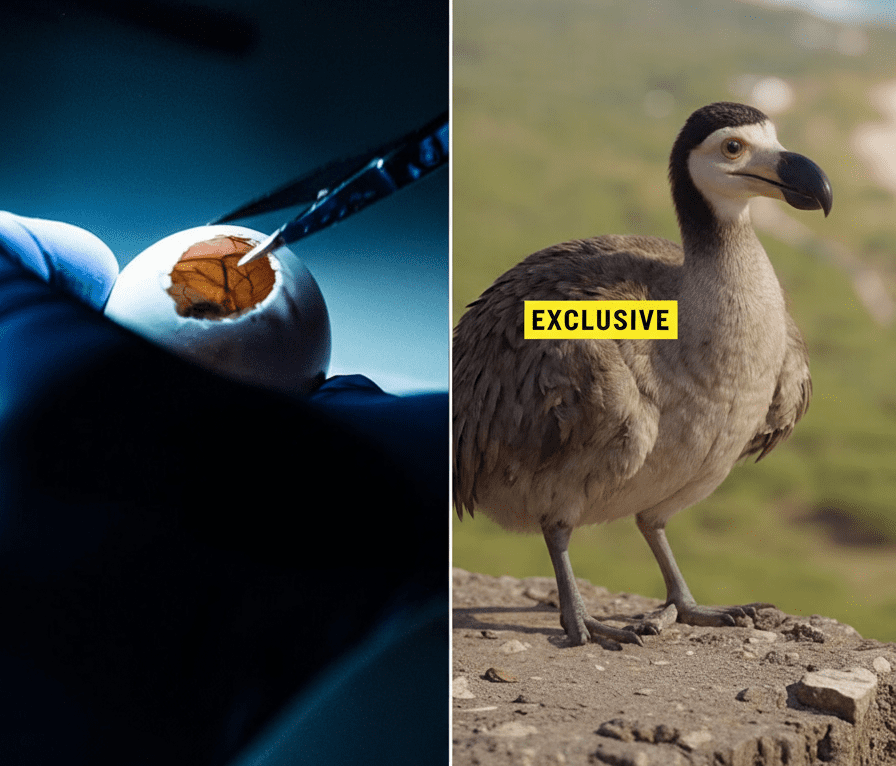Colossal Biosciences Announces Major Breakthrough Bringing the Dodo Bird One Step Closer to De-Extinction While Its Dire Wolf Project Thrives
Every once in a while, science delivers news that feels like it has leapt straight out of the pages of a science fiction novel. This week, Colossal Biosciences made headlines by announcing that it has taken a huge step forward in its quest to bring back one of the most famous extinct animals in history: the dodo bird. For a creature that has been gone for centuries, long reduced to illustrations, bones, and cautionary tales of human impact, the possibility that the dodo could one day live again is both thrilling and surreal.
On Wednesday, September 17, Colossal shared that its scientists had achieved something groundbreaking — the successful culture of pigeon primordial germ cells, also called PGCs. These cells are the reproductive precursors needed to begin the long, complicated process of reviving the dodo. Since the dodo was closely related to modern pigeons, these cells provide the building blocks that could eventually re-create a bird that vanished from our world in the 1600s. It’s an extraordinary scientific milestone that pushes the line between history and future closer together than ever before.

The dodo’s story has always been one of tragedy. Native to the island of Mauritius, the bird became extinct within a century of its discovery by European sailors. Slow-moving, flightless, and unafraid of humans, the dodo was an easy target. Hunting, habitat loss, and invasive species introduced by humans sealed its fate. For generations, the dodo has been a symbol of extinction itself, a reminder of how fragile ecosystems can be and how devastating human impact often is. To hear now that a company is working to undo that loss feels like a rewriting of history that no one could have imagined even a few decades ago.
Colossal Biosciences has been working on what it calls “de-extinction” projects for several years, and the dodo is only one of them. Its plans also include efforts to revive the woolly mammoth and the Tasmanian tiger, and the company has made progress with dire wolves as well. While these goals once seemed impossible, advances in genetic engineering, cloning, and reproductive cell culture are making them more realistic. With this latest achievement, Colossal has shown that the first essential step for the dodo has been crossed — building a foundation that could eventually bring the species back into a living, breathing form.

Of course, the news brings more than excitement; it also brings debate. Many scientists applaud the research, seeing it as a chance not only to revive lost species but to help restore ecosystems. If a bird like the dodo could be reintroduced to its natural habitat, it might help balance environments that have been disrupted for centuries. But there are also concerns. Should humans bring back species we once drove to extinction? Would the reintroduced animals thrive, or would they struggle in a world that has changed so much since they last lived? Could resources used for de-extinction be better spent on protecting endangered species that are still alive today? These questions do not have easy answers, but they reflect the complexity of what Colossal is attempting.
Still, it’s hard not to be swept up in the wonder of it all. Imagining a world where people can once again see a dodo bird in the wild — not just as a museum exhibit or a line in a history book — feels like something out of a dream. The thought of walking along a beach in Mauritius and spotting the unmistakable shape of a dodo bird wandering the shore makes the concept of de-extinction feel less like science fiction and more like an unfolding reality.

The excitement is not only about nostalgia. Projects like this open the door to new scientific tools and technologies that could benefit existing wildlife conservation. The ability to culture and manipulate germ cells, for example, could one day help save endangered species by creating genetic diversity in populations that are struggling. Even if the dodo itself takes years or decades to return, the lessons learned along the way might help prevent other species from meeting the same fate.
What Colossal Biosciences announced this week is not the end of the journey. It’s just the beginning of a very long process that will require patience, breakthroughs, and global cooperation. But it is undeniably a bold step, one that brings us closer than ever to rewriting a chapter of history that once seemed final. Whether the dodo returns in the near future or not, the fact that we are even having this conversation shows how far science has come.
For now, the dodo remains a symbol — but one that is shifting. No longer just a symbol of loss, it may soon also become a symbol of hope, innovation, and the possibility that humanity can sometimes find ways to heal the wounds it has caused.


